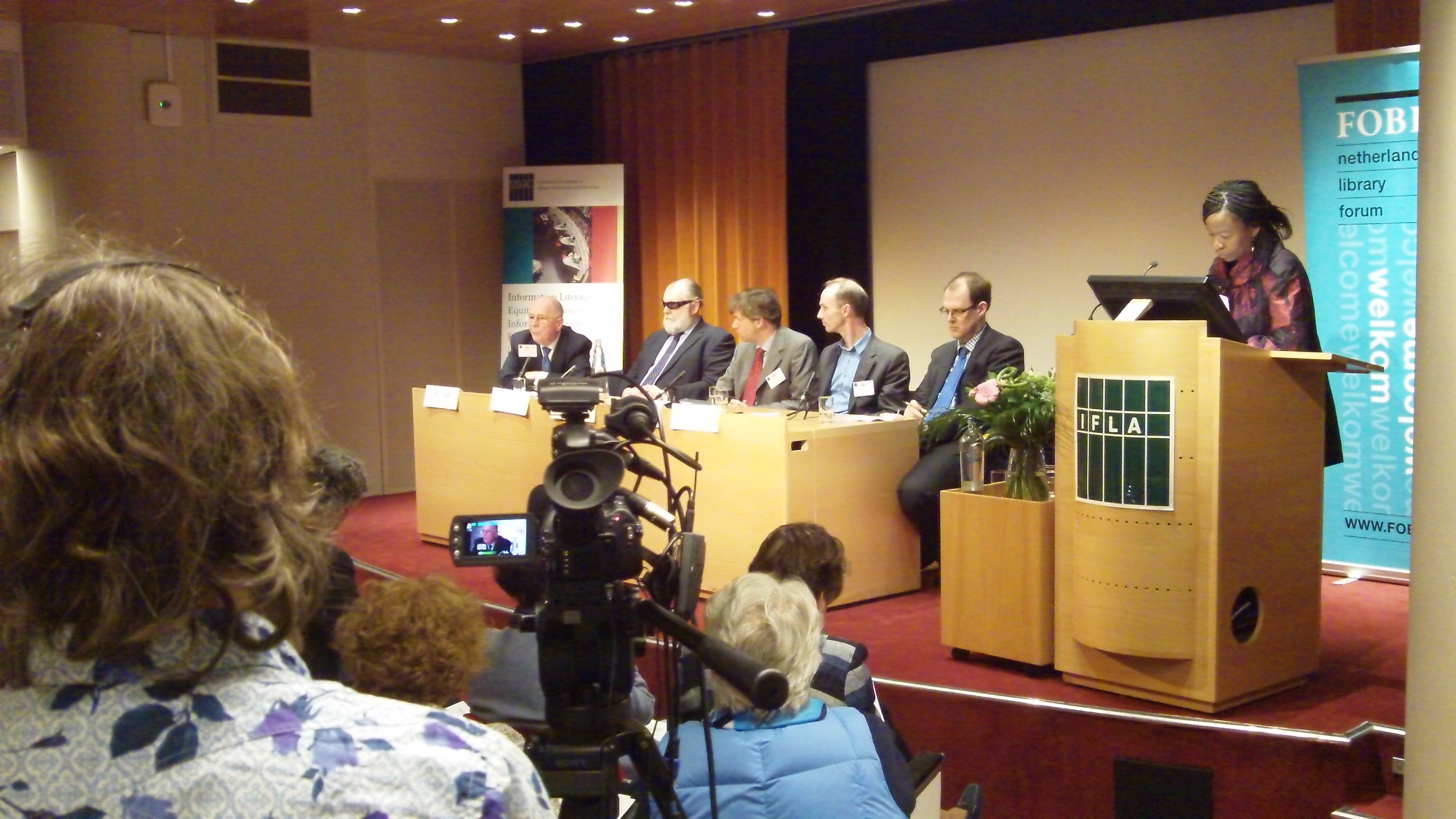|
Universal Bibliographic Control
Universal Bibliographic Control (UBC) was a concept championed by the International Federation of Library Associations and Institutions (IFLA). Under the theoretical UBC, any document would only be cataloged once in its country of origin, and that record would then be available for the use of any library in the world. Current UBC practice is developed by IFLA's Bibliography Section. During the 1970s, IFLA established an office for Universal Bibliographic Control. Dunsire, Hillman, Phipps, and Willer have suggested that Semantic Web technologies, including BIBFRAME BIBFRAME (Bibliographic Framework) is a data model for bibliographic description. BIBFRAME was designed to replace the MARC standards, and to use linked data principles to make bibliographic data more useful both within and outside the library c ... may allow UBC. See also * * * * * References {{library-stub Library cataloging and classification Library cooperation ... [...More Info...] [...Related Items...] OR: [Wikipedia] [Google] [Baidu] |
International Federation Of Library Associations And Institutions
The International Federation of Library Associations and Institutions (IFLA) is an international body representing the interests of people who rely on Library, libraries and information professionals. A non-governmental, not-for-profit organization, IFLA was founded in Scotland in 1927 with headquarters at the National Library of the Netherlands in The Hague. IFLA sponsors the annual IFLA World Library and Information Congress, promoting Freedom of information, access to information, ideas, and works of imagination for social, educational, cultural, democratic, and economic empowerment. IFLA also produces several publications, including ''IFLA Journal''. IFLA partners with UNESCO, resulting in several jointly produced manifestos. IFLA is also a founding member of Blue Shield International, Blue Shield, which works to protect the world's cultural heritage when threatened by wars and natural disaster. History IFLA was founded in Edinburgh, Scotland, on 30 September 1927, when lib ... [...More Info...] [...Related Items...] OR: [Wikipedia] [Google] [Baidu] |
Semantic Web
The Semantic Web, sometimes known as Web 3.0, is an extension of the World Wide Web through standards set by the World Wide Web Consortium (W3C). The goal of the Semantic Web is to make Internet data machine-readable. To enable the encoding of semantics with the data, technologies such as Resource Description Framework (RDF) and Web Ontology Language (OWL) are used. These technologies are used to formally represent metadata. For example, Ontology (information science), ontology can describe concepts, relationships between Entity–relationship model, entities, and categories of things. These embedded semantics offer significant advantages such as reasoning engine, reasoning over data and operating with heterogeneous data sources. These standards promote common data formats and exchange protocols on the Web, fundamentally the RDF. According to the W3C, "The Semantic Web provides a common framework that allows data to be shared and reused across application, enterprise, and commu ... [...More Info...] [...Related Items...] OR: [Wikipedia] [Google] [Baidu] |
BIBFRAME
BIBFRAME (Bibliographic Framework) is a data model for bibliographic description. BIBFRAME was designed to replace the MARC standards, and to use linked data principles to make bibliographic data more useful both within and outside the library community. History The MARC Standards, which BIBFRAME seeks to replace, were developed by Henriette Avram at the U.S. Library of Congress during the 1960s. By 1971, MARC formats had become the national standard for dissemination of bibliographic data in the United States, and the international standard by 1973. In a provocatively titled 2002 article, library technologist Roy Tennant argued that "MARC Must Die", noting that the standard was old; used only within the library community; and designed to be a display, rather than a storage or retrieval format. A 2008 report from the Library of Congress wrote that MARC is "based on forty-year old techniques for data management and is out of step with programming styles of today." In 2012, th ... [...More Info...] [...Related Items...] OR: [Wikipedia] [Google] [Baidu] |
Library Cataloging And Classification
A library is a collection of books, and possibly other materials and media, that is accessible for use by its members and members of allied institutions. Libraries provide physical (hard copies) or digital (soft copies) materials, and may be a physical location, a virtual space, or both. A library's collection normally includes printed materials which may be borrowed, and usually also includes a reference section of publications which may only be utilized inside the premises. Resources such as commercial releases of films, television programmes, other video recordings, radio, music and audio recordings may be available in many formats. These include DVDs, Blu-rays, CDs, cassettes, or other applicable formats such as microform. They may also provide access to information, music or other content held on bibliographic databases. In addition, some libraries offer creation stations for makers which offer access to a 3D printing station with a 3D scanner. Libraries can vary wid ... [...More Info...] [...Related Items...] OR: [Wikipedia] [Google] [Baidu] |



